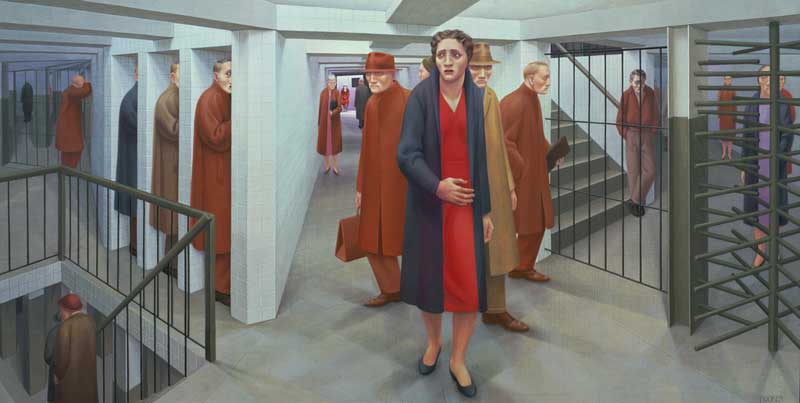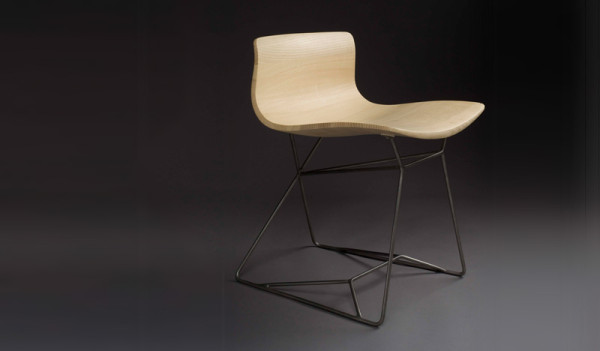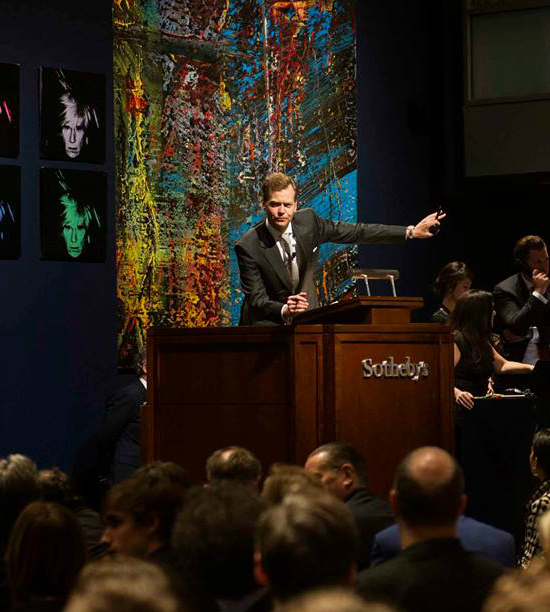The Times Are Not a-Changin, They Have Already a-Changed
Today from our partners at Art Practical, we bring you Chris Cobb’s essay on counterculture, money, and the annual Burning Man festival. Cobb wonders: “…what if successful tech companies—the ones whose leaders have bought into the Burning Man/Black Rock value of art that ‘connect[s] community members in creation, curiosity, and wonderment’—decided to allocate one or two percent of their investment income to cultivating the arts in the Bay?” This article was originally published on July 9, 2014.

Sean Orlando, Nathaniel Taylor, and David Shulman. Raygun Gothic Rocketship, 2010; installation at Pier 14, San Francisco. Courtesy of Black Rock Arts Foundation. Photo: David Yu.
1. The Decline of Bohemia
It’s hard to say something new about how the Bay Area art establishment is falling apart. Everybody already knows that rents are skyrocketing, artists and musicians are fleeing, and a four-year art degree now costs a quarter of a million dollars. Even prominent curators are being forced to relocate because of evictions and real-estate speculation. It’s enough to make any sane person wonder if the struggle is worth it. So, retreading acknowledged, it still might benefit artists to take a fresh look at what has brought the city’s cultural life to this moment, and where we can go from here.
Can I quote Bob Dylan?
“There must be some way out of here,” said the joker to the thief
“There’s too much confusion, I can’t get no relief
Businessmen, they drink my wine, plowmen dig my earth
None of them along the line know what any of it is worth”
The harsh truth is that things are changing rapidly, which has resulted in a collective sense of confusion and helplessness. It reminds me of a scene in the 1979 film Escape from Alcatraz, where an imprisoned artist finds out he won’t be allowed to paint ever again and so he uses an axe to chop off his own fingers. This profound act of self-destruction dramatizes the collective plight of the prisoners, making them realize that if they don’t get off the island, they too will have whatever makes them unique taken away or crushed. Each inmate is left to consider his own disheartening future.
SOURCE: DAILY SERVING - Read entire story here.
Read More









































